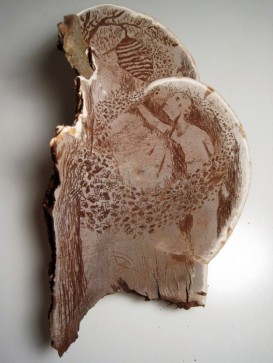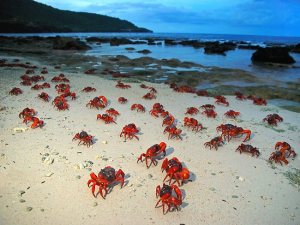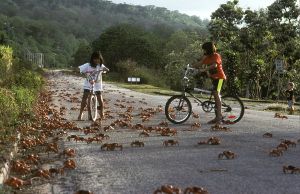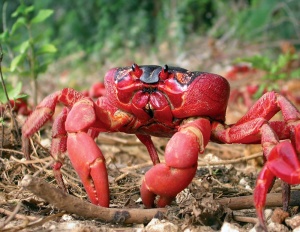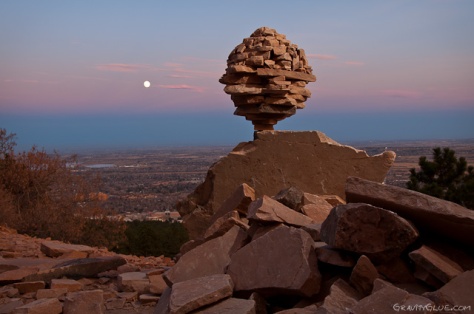Originally held in 1986 at San Francisco’s Baker Beach, the week-long Burning Man Festival now takes place in Nevada’s Black Rock Desert. The festival is a week-long event that starts on the last Monday in August, and ends on the first Monday in September. Up to 68,000 people from around the world gather at the festival and spend a week in the remote desert isolated from the outside world.
The festival gets its name from the ritual burning of a large wooden effigy, which is set ablaze on Saturday evening. The event is considered an experiment in self-expression, art, and self-reliance. It’s become a gathering for hippies, artists, musicians and dancers who can for a week explore artistic expression. Money is never exchanged at the event, instead the participants gift each other to get what they need. The main attractions of Burning Man include massive art installations, all-night dance parties, marathon kite-flying sessions, unconventional fashion shows, and classes where festival goers can learn things like Hula Hooping.
They head off one week later, having left no mark whatsoever and wait for the next Burning Man.









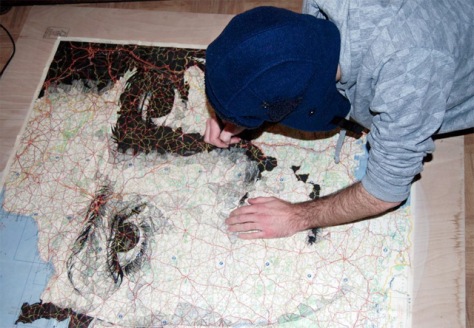
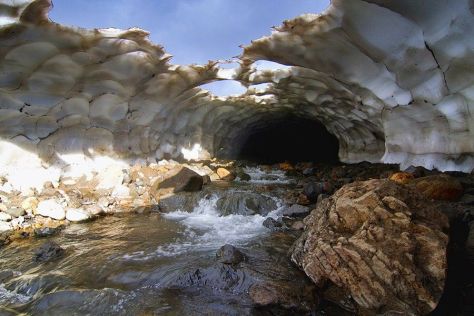
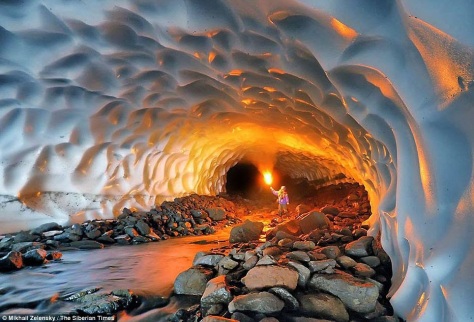

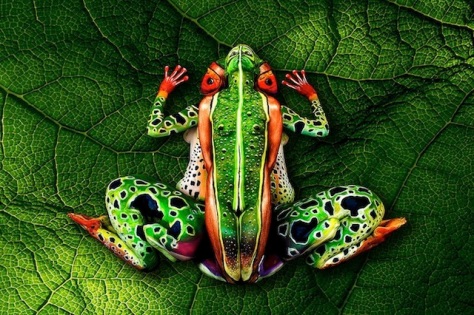



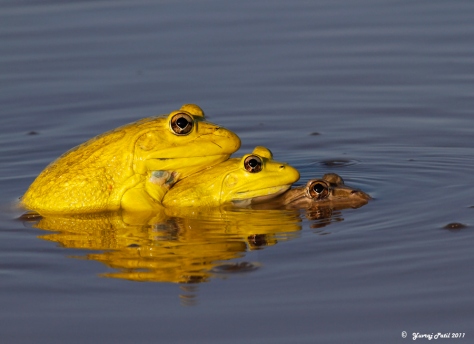
![oak-chapel-5[6]](https://andiehannahweiner.files.wordpress.com/2013/02/oak-chapel-56.jpg?w=474&h=313)

![oak-chapel-3[3]](https://andiehannahweiner.files.wordpress.com/2013/02/oak-chapel-33.jpg?w=474&h=570)

